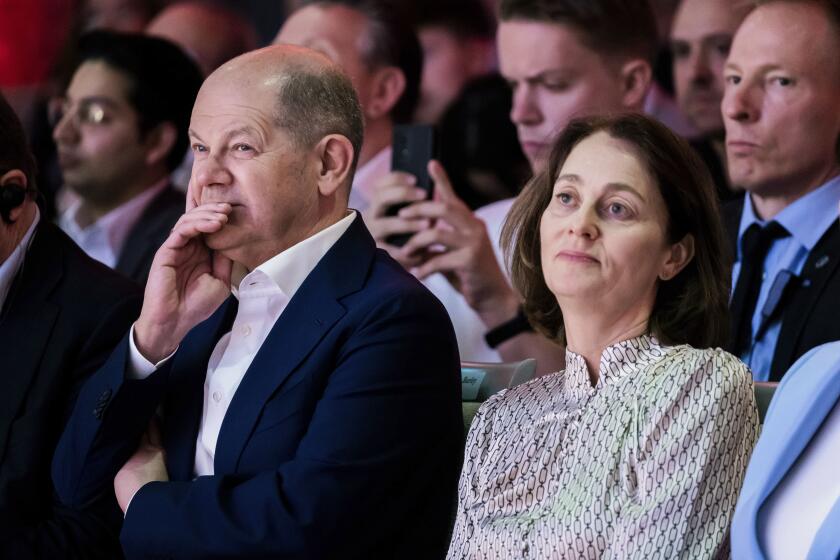Called into question
Like the phonograph, which Thomas Edison envisioned as an office dictation machine, the telephone was conceived for a different purpose than that of transmitting human voices. Alexander Graham Bell was attempting to build a telegraph that could send multiple messages simultaneously.
During the course of this work, he realized that the sound of the human voice could be transmitted across electrical wires too. In this discovery, he wasn’t alone. A well-known electrical researcher named Elisha Gray signaled his intent to apply for the first telephone patent on Feb. 14, 1876 -- the same day that Bell applied for his. The ensuing competition and controversy is the subject of Seth Shulman’s “The Telephone Gambit: Chasing Alexander Bell’s Secret.”
Working as a resident scholar at the Massachusetts Institute of Technology’s Dibner Institute, Shulman set out to explore the relationship between Bell and Edison. Almost immediately, he got sidetracked. “I had happened upon a stunning fissure in the polished facade of Bell’s legacy,” he writes. “I couldn’t help but try to pry the history open from the beginning.”
The crack in the marble was Gray’s competing telephone design; Gray made use of a process called liquid transmission, something he’d been tinkering with for years. In Shulman’s close reading of Bell’s voluminous lab notes leading up to his patent application, there was no mention of liquid transmission. “But Gray’s sketch for his invention, on page 3 of his patent claim, hit me almost like a shock from the electric current it described,” writes Shulman. The illustration was virtually identical to a drawing in Bell’s patent application, made later.
“What I know is this: the transmitter design in Bell’s drawings led him straight to a working telephone,” Shulman declares. His prosecutor’s surety only grows the deeper he digs. “I was increasingly convinced that a crime had taken place -- a blatant and immensely consequential one. And the actions of the victim -- Elisha Gray -- were particularly hard to understand.” And so are the actions of the alleged villain.
Born in 1847 to a Scottish family, Bell followed in the formidable footsteps of his father. Alexander Melville Bell was a renowned teacher of speech and elocution, possibly the model for Professor Henry Higgins in “Pygmalion.” Young Aleck established himself as a teacher for the deaf and became a professor at Boston University while pursuing his scientific muse on the side. Bell embraced the emergent information technology of his day -- the telegraph. In current terminology, he extended the family brand in the field of human acoustics, moving from software into hardware.
Like most inventors, Bell required financial backing. His came from Gardiner Greene Hubbard, a Boston area businessman, although not without strings attached. Like many entrepreneurs, Hubbard specialized in propositions that “shared an important feature: each combined a heavy-dose of public-spirited action with unvarnished self-interest.” Further complicating matters, Bell was smitten by Hubbard’s daughter Mabel, who was not only many years his junior but also one of Bell’s students. Although her parents gradually accepted the relationship and that the couple would marry, the Faustian bargain between Bell and his future father-in-law is made plain here.
“The Telephone Gambit” contains no suspense or surprise, no shadings of ambiguity. Bell’s guilt is foreordained. And while Shulman deftly explains the intricacies of electrical currents in user-friendly prose, he’s a clumsy storyteller. Every time the 19th century scenario builds up a head of steam, he switches gears and shifts into a meta-narrative about his work at the MIT libraries. The effect is jarring, like changing from the History Channel to C-SPAN in the middle of a good documentary.
Certainly, Shulman proves beyond a reasonable doubt that Bell’s employment of a liquid transmitter had to be both a blatant appropriation of Gray’s idea and an 11th-hour addition to Bell’s own patent application. Just knowing what we do about Gardiner Hubbard, however, leads us to wonder why Shulman doesn’t make more of the following: “It is even possible to imagine that . . . Bell did not make, authorize or even know about the addition.” If Bell had been unwillingly, or half-willingly, thrust into the theft of intellectual property by his hyper-ambitious backer, it would explain his revulsion toward the industry he sired. Surprisingly, Shulman reads this reaction as a damning admission of guilt. Which it was, of course, but it could also be interpreted as a principled stand, a belated mea culpa.
Even in a book so short and tightly focused, we want to hear more about Bell’s human side, his motives and neuroses. What effect did his work with the deaf have on his pioneering research in acoustics? That and other unasked questions haunt the pages of “The Telephone Gambit.” Shulman concludes that “history needs to be constantly challenged and interrogated.” But historians sometimes need to ask more subtle queries as well, and then let the answers resonate for a while. *
More to Read
Start your day right
Sign up for Essential California for news, features and recommendations from the L.A. Times and beyond in your inbox six days a week.
You may occasionally receive promotional content from the Los Angeles Times.






